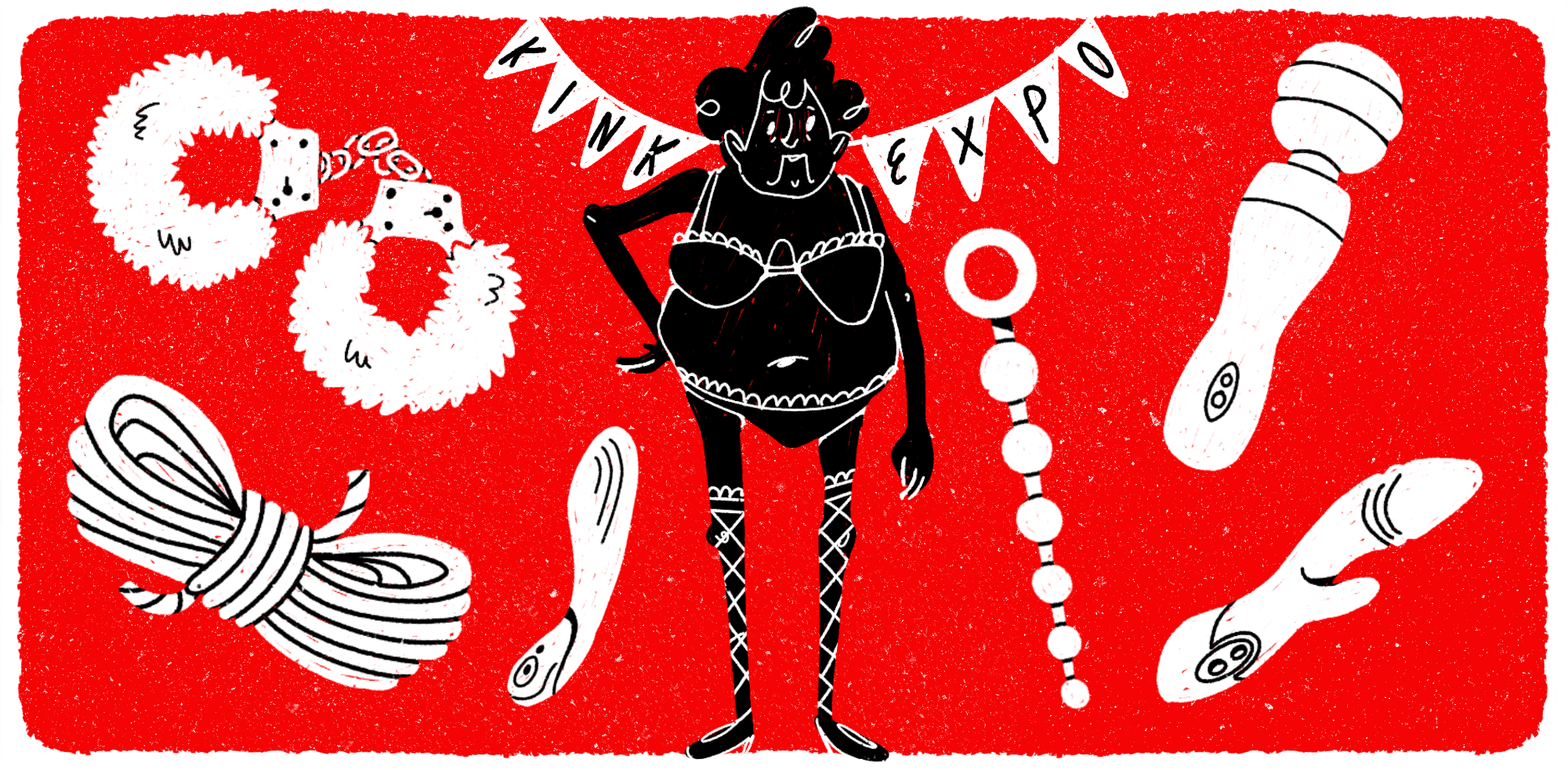
Illustration by Alexandra Westrich
The International Artist and Chicago
A few days after arriving in Chicago I realized I forgot to bring my favorite book of poetry, Poet in New York, by Federico Garcia Lorca. So I headed directly to the bookstore to get a new copy, but as I reached to the shelf to get the book I experienced a very strange feeling. I discovered that, up to that moment, I had not contemplated its title. Poet in New York. What does that mean? The act of writing poetry in New York City, the impressions of a famous poet on a foreign city, or the experience of making art away from one’s homeland?
I found myself relating my thoughts on that matter to the experience of international students at the School of the Art Institute of Chicago. How are they adapting to the art environment at SAIC and the experience of producing art away from home?
“When I first came here I became more aware of my culture and identity,” says Tanya Goel, a painting and drawing post-baccalaureate student from India. “I felt more patriotic, I guess, and this was somehow reflected in my work, especially since I wasn’t still accustomed to Chicago.”
However, Fatima Haider from Pakistan, a post-baccalaureate student in painting and drawing at SAIC, said she had a completely different experience: “At the beginning I was adamant about not making ‘cultural’ work, or cashing in on the exotic,” says Fatima. “I realized, however, that trying deliberately not to do something is just as extreme as doing it.”
Language barriers constitute another of the challenges that face international students.
“I often feel misunderstood,” says Akiko Murakami, a fine arts undergraduate from Japan, “It is always hard for me to discuss and critique the work of other students, as well as my own art.”
“Misunderstandings might arise if a student is unaware of clichés,” adds Mary Lou Zelazny, a professor of Painting and Drawing at SAIC. “Of course, this can be also true with students who are not from abroad, but it is less likely because people tend to know the vernacular from where they come from.”
“I am often more elastic when I discuss work with international students,” adds Michelle Grabner, also a professor in Painting and Drawing. “I will explain the potential misreading of their projects when considered through the lens of the contemporary avant-garde and global art practices.” Apart from these problems, many can argue that the transition of international students to the art world at SAIC is actually quite smooth.
“I feel I have grown up in a world where global-ization has united cultures and made them less alien to each other,” says Goel, “I am often in control and flexible enough when deciding how much I want to exert my identity as an Indian.”
At this point I find myself going back, not only to the title of Poet in New York, but also to the content of the book, which was sometimes surreal and sometimes melancholic. Can art actually be defined and specified by cultural and geographical realms? Perhaps, but not right now at SAIC.





















